一、可变数组
编写可变数组函数库
- 创建数组
- 回收数组
- 获取数组中单元个数
- 访问数组中的某个单元
- 增长数组长度

定义Array结构体:
定义为指针类型的结构体,似乎可以简化某些函数的调用传递参数,节省内存空间?
1
2
3
4
5
6
7
8
9
| #ifndef ARRAY_H
#define ARRAY_H
typedef struct{
int *array;
int size;
}*Array;
#endif
|
但是,当我们在函数内部创建变量的时候,这个时候a指向的是已经存在的内存空间。
1
2
3
4
| void test()
{
Array a;
}
|
所以,一般情况下,定义结构体变量不要加*,不要定义指针类型
1
2
3
4
5
6
7
8
9
10
11
12
13
14
15
| #ifndef ARRAY_H
#define ARRAY_H
typedef struct{
int *array;
int size;
}Array;
Array array_create(int init_size);
void array_free(Array *a);
int array_size(const Array *a);
int* array_at(Array *a,int index);
void array_inflate(Array *a,int more_size);
#endif
|
函数实现:
创建可变数组
思考:为什么不返回指针?
1
2
3
4
5
6
7
| Array array_create(int init_size)
{
Array a;
a.size = init_size;
a.array = (int*)malloc(sizeof(int)*a.size);
return a;
}
|
释放数组空间
1
2
3
4
5
6
7
| void array_free(Array *a)
{
free(a->array);
a->array = Null;
a->size = 0;
}
|
获取数组大小
思考:为什么不直接a.size获取大小?
- 目的:封装,保护了a的size,防止被修改,也利于后期维护
1
2
3
4
| int array_size(const Array *a)
{
return a->size;
}
|
获取数组中对应元素的位置
思考:为什么要返回int类型指针而不直接返回int

- 使用
array_at(&a,0)取地址
- 使用
*array_at(&a,0)=10;可以直接进行赋值操作
当然,也可以重新编写array_set,array_get两个函数,分别用于赋值和取值
1
2
3
4
| int* array_at(Array *a,int index)
{
return &(a->array[index]);
}
|
增长数组空间
1
2
3
4
5
6
7
8
9
10
11
| void array_inflate(Array *a,int more_size)
{
int*p = (int*)malloc(sizeof((int)*(a->size+more_size));
int i;
for(i=0;i<a->size;i++){
p[i]=a->array[i];
}
free(a->array);
a->array = p;
a->size += more_size;
}
|
不断写入数组内容

一直循环下去,总会出现数组越界的情况。
于是,继续修改array_at

引入block概念

二、 可变数组的缺陷
- 拷贝时间开销大
- 在内存受限的情况下,可能难以申请到更大的内存空间
-

解决方案:
不去修改原来的内存空间,链接1个block即可拓展数组长度

三、链表
链表中的元素簇称为“节点”
每个节点仅包含两个部分:

1
2
3
4
| typedef struct _node{
int value;
struct _node next;
}Node;
|
思考:为什么不用:
因为在这一行还没有执行Node的类型重定义,编译器无法识别。
使用struct _node{
}定义了struct _node类型的结构体
使用typedef … Node重定义了struct _node类型
程序:循环输入数字,如果为-1则退出,

1. 定义head
2.定义第一个节点
1
2
3
| Node *p = (Node*)malloc(sizeof(Node));
p->value = number;
p->next = Null;
|
3. 定义last
1
2
3
4
5
6
| Node *last = head;
while(last -> next)
{
last = last -> next;
}
last->next = p;
|

4. 链表函数——添加节点
实现一个创建节点的函数:
缺点:函数内部对head进行改变,但是并不影响外部的head(PS:这里的head为指针)
tips:尽量少用全局变量
1
2
3
4
5
6
7
8
9
10
11
12
13
14
15
16
17
18
| void add(Node* head,int number)
{
Node *p = (Node*)malloc(sizeof(Node));
p->value = number;
p->next = NULL;
Node *last = head;
if(last){
while(last->next){
last = last->next;
}
last->next = p;
}else{
head = p;
}
}
|
| |
| |
/
修改程序
1
2
3
4
5
6
7
8
9
10
11
12
13
14
15
16
17
18
19
| Node* add(Node* head,int number)
{
Node *p = (Node*)malloc(sizeof(Node));
p->value = number;
p->next = NULL;
Node *last = head;
if(last){
while(last->next){
last = last->next;
}
last->next = p;
}else{
head = p;
}
return head;
}
|
在主程序中,即可实现改变head的操作,但是这也存在一个缺点,如果忘记调用head = …,程序会报错,封装还不够完美
| |
| |
/
第三种方案,传head改为传递head的指针(实际上是指针的指针)
tips:数据结构
实际上,现在这个函数,return返回值,以及主程序中的赋值都可以不进行,提高了程序的易用性,根本原因是因为pHead是head的指针,即指针的指针
1
2
3
4
5
6
7
8
9
10
11
12
13
14
15
16
17
18
19
| Node* add(Node** pHead,int number)
{
Node *p = (Node*)malloc(sizeof(Node));
p->value = number;
p->next = NULL;
Node *last = *pHead;
if(last){
while(last->next){
last = last->next;
}
last->next = p;
}else{
*pHead = p;
}
return *pHead;
}
|
| |
| |
/
第四种方案 ,添加一个List类型结构体
1
2
3
| typedef struct _list{
Node *head;
}List;
|
这样,函数可以改写为
1
2
3
4
5
6
7
8
9
10
11
12
13
14
15
16
17
18
| void add(List *plist,int number)
{
Node *p = (Node*)malloc(sizeof(Node));
p->value = number;
p->next = NULL;
Node *last = plist->head;
if(last){
while(last->next){
last = last->next;
}
last->next = p;
}else{
plist->head = p;
}
}
|
思考:调用这个函数,last每次都要从head开始指向,执行了没有必要的操作,如何让函数执行完之后,last指向保持上一次的指向?
| |
| |
/
1
2
3
4
| typedef struct _list{
Node *head;
Node *tail;
}List;
|

实现:
在 List 结构体中添加一个指向链表尾节点的指针 tail,然后每次添加节点时,直接更新 tail 的指向。这样可以避免每次都从头开始遍历链表,优化了插入操作的效率。
修改后的代码示例
- 修改
List 结构体:添加一个 tail 指针,指向链表的最后一个节点。
- 修改
add 函数:在每次添加新节点时,直接更新 tail 指针。
1
2
3
4
5
6
7
8
9
10
11
12
13
14
| void add(List *plist,int number)
{
Node *p = (Node*)malloc(sizeof(Node));
p->value = number;
p->next = NULL;
if(plist->tail){
plist->tail->next = p;
}else{
plist->head = p;
}
plist->tail = p;
}
|
这种方式通过维护一个指向尾节点的指针,可以避免每次添加节点都从头遍历,优化了链表操作的效率。
5. 链表函数——打印
1
2
3
4
5
6
7
| void print(List *list){
Node *p;
for(p=list->head;p;p=p->next){
printf("%d\t",p->value);
printf("\n");
}
}
|
6. 链表函数——删除

7. 链表函数——清除
1
2
3
4
5
6
7
8
9
10
11
12
13
| void clear(List *plist) {
Node *current = plist->head;
Node *nextNode;
while (current != NULL) {
nextNode = current->next;
free(current);
current = nextNode;
}
plist->head = NULL;
plist->tail = NULL;
}
|
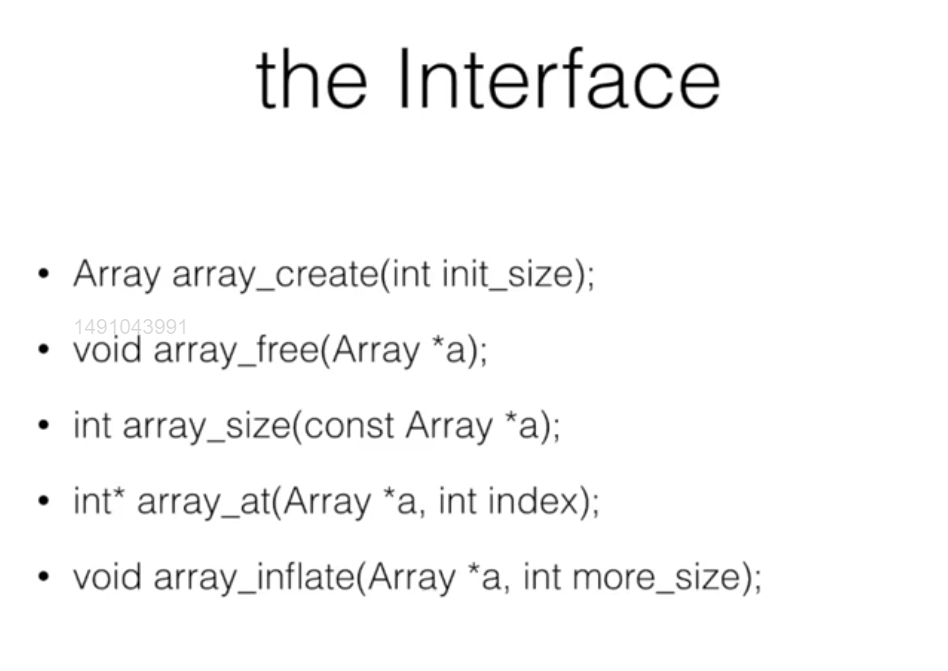

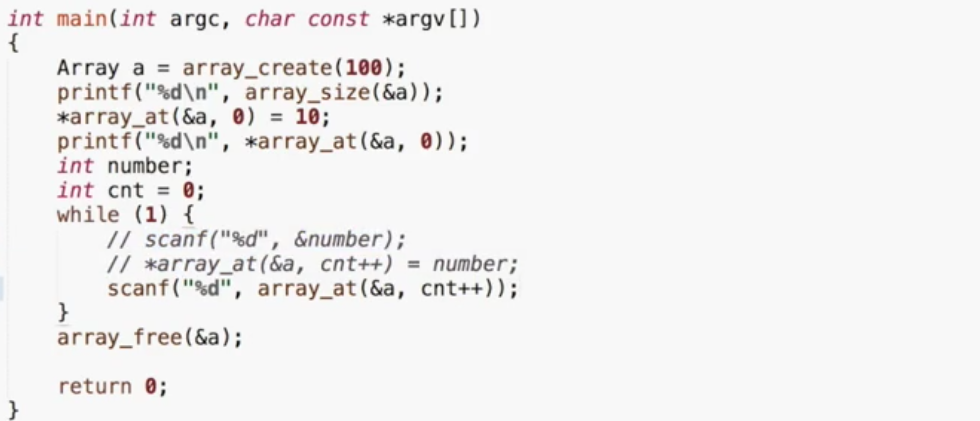

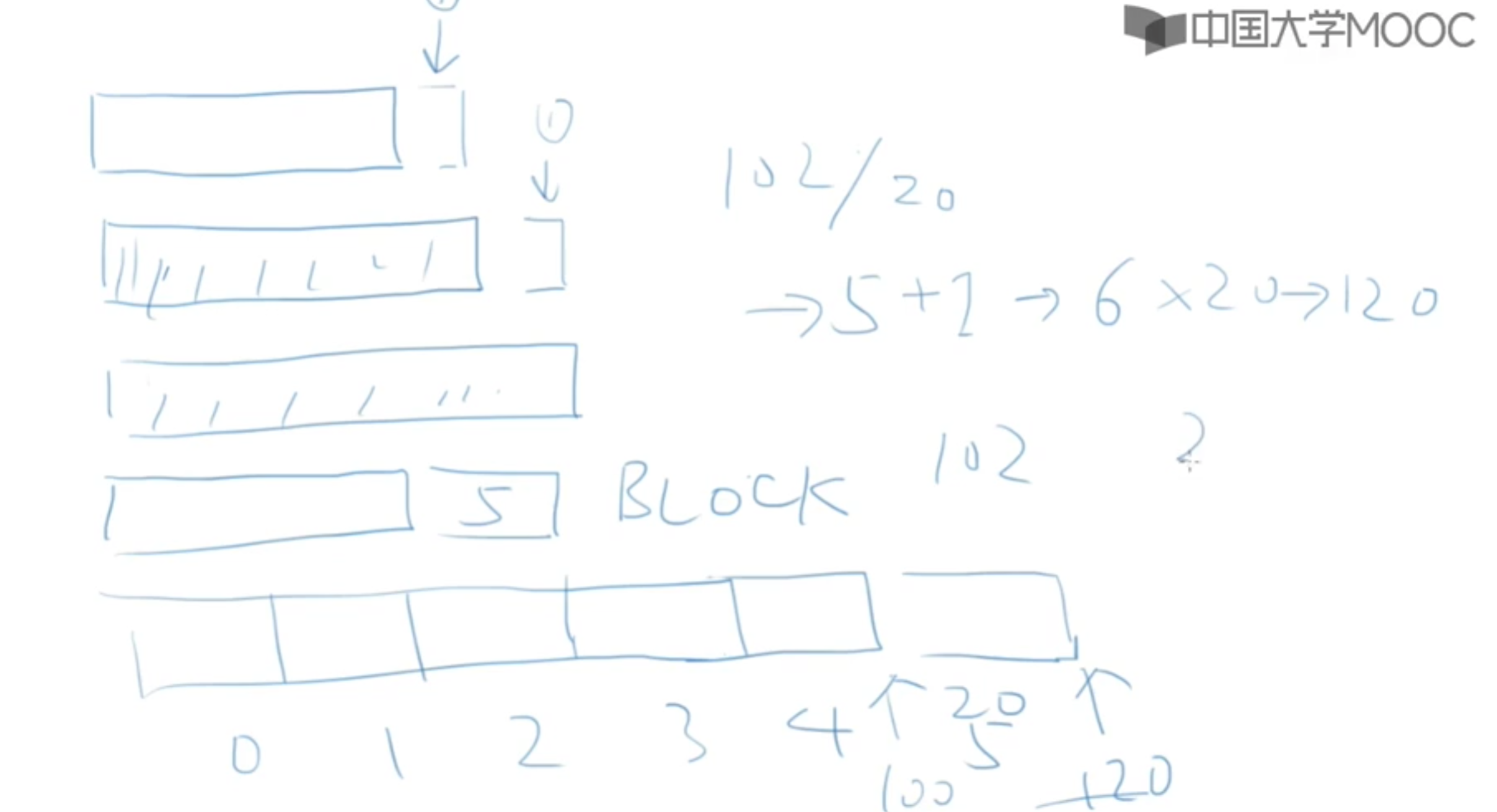
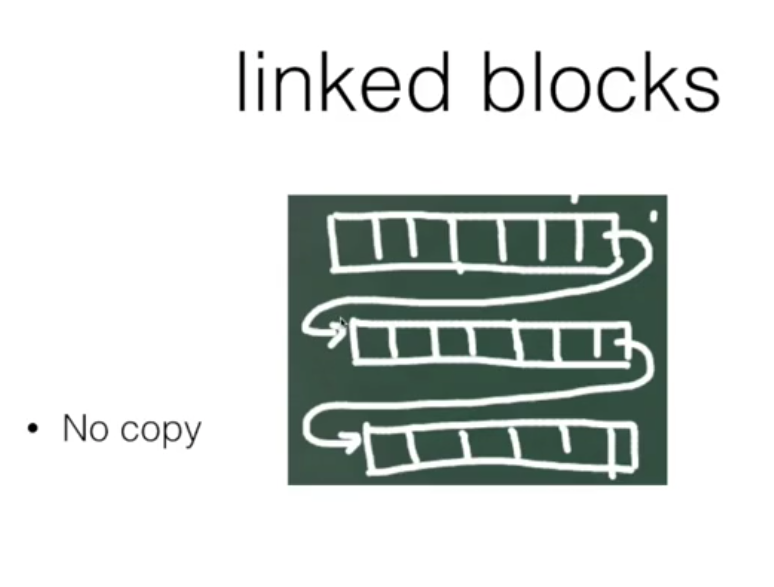

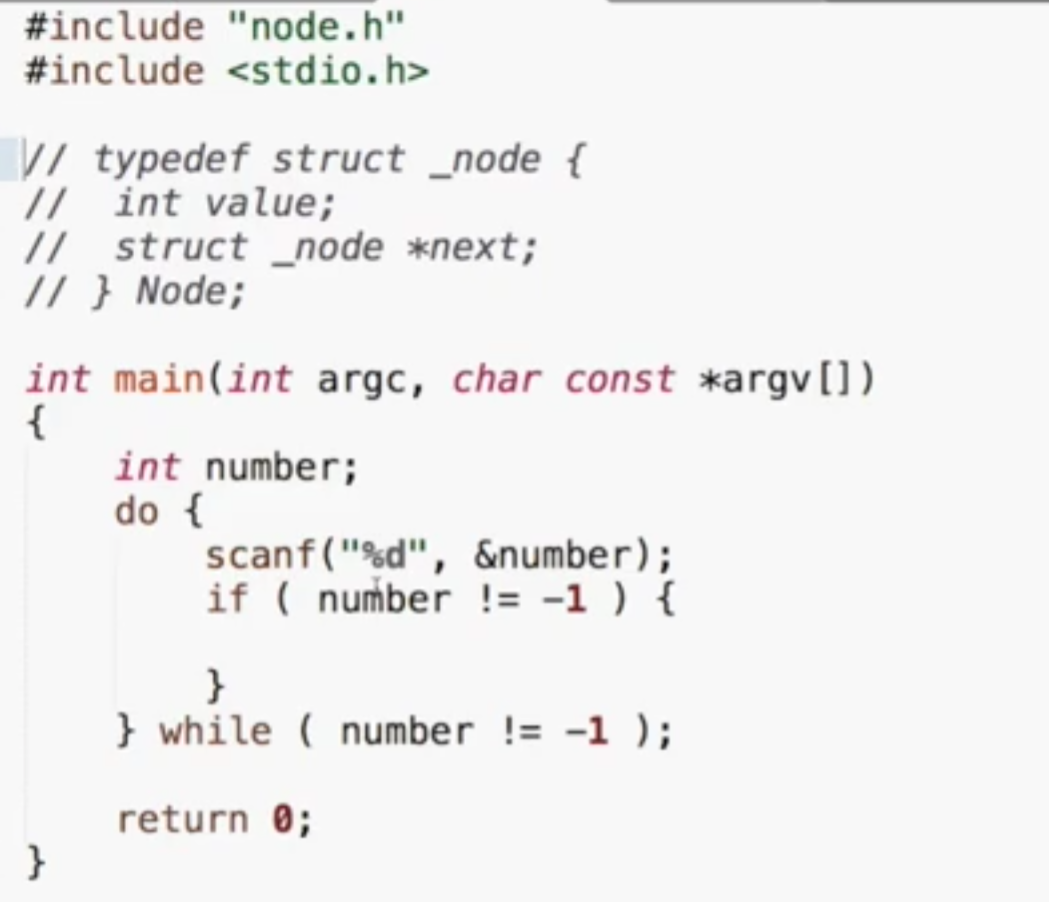
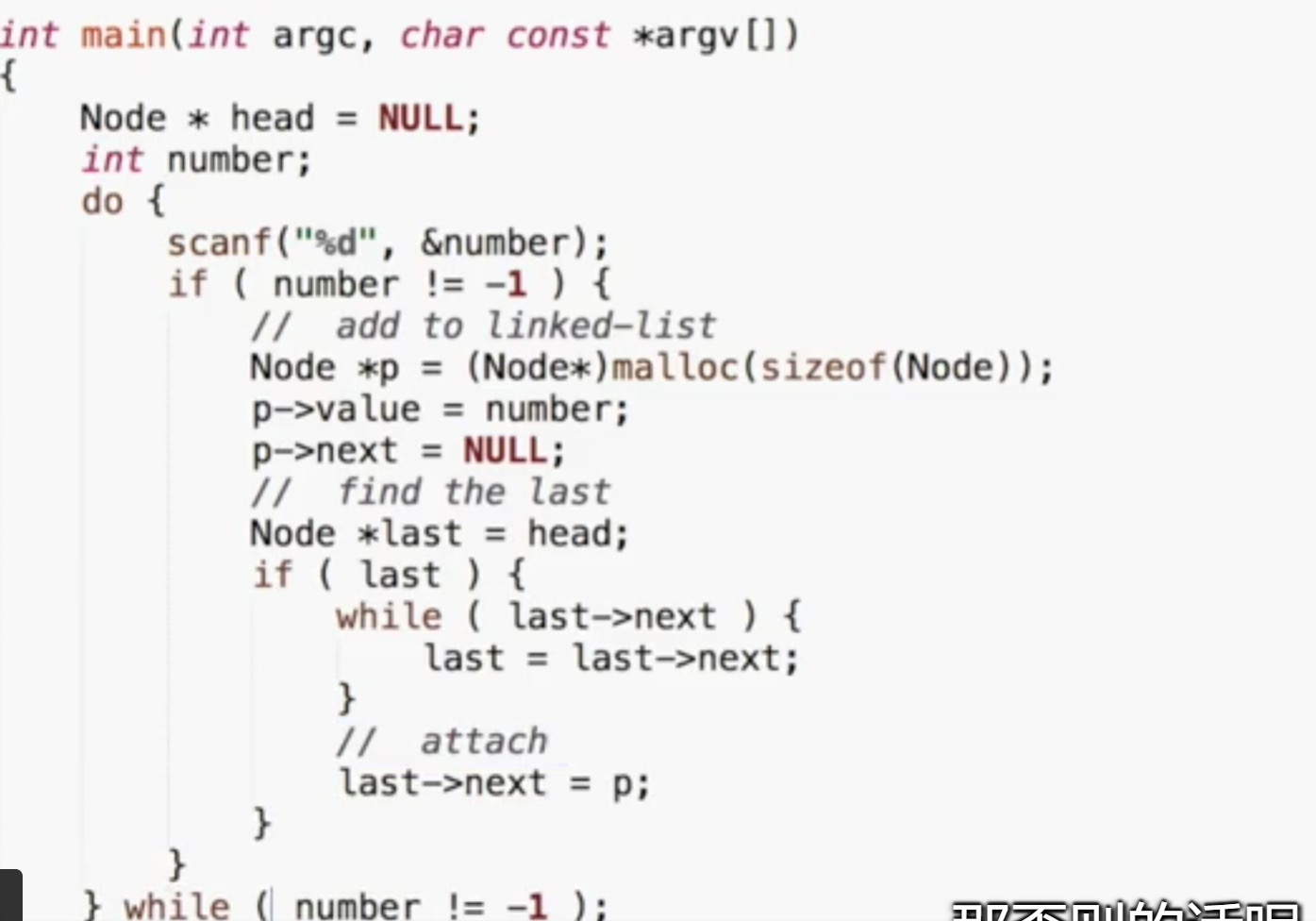
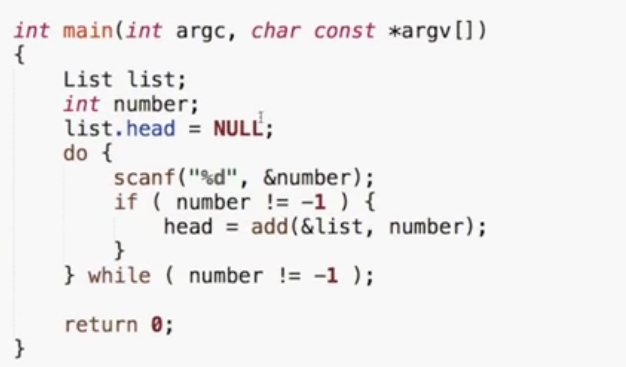



![【stm32单片机】[操作系统][RT-Thread][3]线程通信](/img/blog_cover/rt-thread.jpg)